A Thousand Cuts: Democracy Under Attack
‘Young People Are Fed Up’: Inside the Fight to Defend Young Voters
Across the country, activists mobilize to make sure every vote counts.

In 2012, the Supreme Court gutted voting rights by ruling in Shelby County v. Holder that states with a history of voter suppression could now change their election laws without prior court approval. That attack on the Voting Rights Act of 1965 triggered a modern wave of voter suppression of already marginalized communities very much including young people of all races (18 to 29) who as boomers, millennials or gen Xers had already been chronically and disproportionately underrepresented in the electorate.
For the last four congressional sessions, beginning in 2015, legislation has been introduced to restore the Voting Rights Act’s lost protections, but absent the 60 votes required to outmaneuver a Senate filibuster, U.S. Rep. John Lewis, in whose honor the current voting rights bill was named, went to his grave in 2020 with his legacy unfulfilled.
Join our email list to get the stories that mainstream news is overlooking.
Sign up for Capital & Main’s newsletter.
Only 21 when he became one of the original 13 Freedom Riders in 1961, Lewis lived to see the ravages of the Shelby ruling firsthand. Between 2014 and 2016, purges knocked 16 million voters off the rolls and gerrymandering targeted college campuses, especially historically Black colleges and universities. The post-Shelby epoch has seen many state legislatures, including those without a history of suppression, attempt to pass laws that restrict participation.
And since the proliferation of the “Big Lie” — the unsubstantiated accusation that the 2020 presidential election was illegitimate — the tools of democracy have increasingly been turned against it. According to the Brennan Center for Justice, between Jan. 1 and Sept. 27, 2021, 19 states enacted 33 laws that made it harder for Americans to vote.
Tactics like closing polling places, removing drop boxes and eliminating same day registration and voting land especially hard on young voters who already face material barriers.
Eighteen of those states are controlled by Republican majority legislatures. These legislators have been trying to suppress young people’s votes for much the same reason they want to suppress the vote of Black Americans: Both groups tend to vote for Democrats. Tactics like closing polling places, removing drop boxes and eliminating same day registration and voting hurt voters of all ages but land especially hard on young people who already face material barriers (such as getting time off work, lack of gas money or access to transportation), and knowledge gaps (where, how and when to vote).
What’s more, this is happening in a political season in which 345 candidates are adherents of the Big Lie, with dozens of election deniers running in Pennsylvania (37), Arizona (31), Wisconsin (21) and Georgia (19) — four of the five top states identified by the Youth Electoral Significance Index (YESI) as those in which young voters can have a decisive impact. Under unprecedented circumstances, youth activists have partnered with adults across the country to stop these threats to democracy. They aim to surmount the restrictions and create an enduring electoral bloc to defend and promote its generational interests in the political arena beyond a single election cycle.
“Among 18- to 29-year-olds, voter turnout was just 36% in 2018 during the last midterm cycle. While this is a vast improvement from 20% in 2014, it’s not nearly enough,” says Leah Qusba, executive director of Action for the Climate Emergency (ACE), which boasts a youth climate activist network of over 800,000 members. “We must ask ourselves how the most free and fair democracy on the planet has allowed this to happen — and then we need to fix it.”
Fixing it has become a matter of such urgency for ACE’s membership that the organization has temporarily paused its mission “to educate young people on the science of climate change and empower them to take action” and will instead focus on “educating our nation’s youngest and most diverse eligible voters about our democracy, how to fully participate, and how to get family and friends to do the same.”
ACE is mobilizing in five YESI states: Florida, North Carolina, Ohio, Pennsylvania, and Wisconsin. On the ground in Milwaukee, heading up ACE’s Wisconsin canvass, 40-year-old Brennan Balestrieri says you won’t hear ACE canvassers utter the word “climate” until the second after the polls close. “Our members have demanded that we devote our organizational resources full time to youth voting, and that is what we’re doing,” explained Balestrieri.
They’re at it six days a week, five in the field and one devoted to planning, preparation and strategy. Canvassers are talking to young people from every neighborhood and at multiple high schools and five college campuses in Milwaukee. “The urgency is coming from so many sides,” Balestrieri says. “Young people feel a lot more under threat. They look around the United States and they see an erosion of voter rights. They’re starting to make that connection that if these rights go, if we aren’t smart about getting people registered to vote, this situation is not going to improve.”
An estimated 8.3 million young people in the U.S. have turned 18 since the last election.
Balestrieri says ACE is pursuing its pro-democracy work in Wisconsin within the context of a “very draconian voter suppression law” — a voter ID law that discourages the state’s more than 320,000 students from voting.
“We have a very complicated system that requires not only proof of identification, but proof of residence, to register to vote, and then on voting day you also have to have a license that is unexpired,” he explains. The state added a free ID as an alternative to a driver’s license but, he says, getting one is a very cumbersome process. On the eve of Wisconsin’s 2016 presidential primary, Rep. Glenn Grothman (R-Wisc.) told a television reporter that despite past Republican losses, he expected that 2016 would be different because “now we have photo ID, and I think photo ID is gonna make a little bit of a difference.”
It has. Political scientists Kenneth R. Mayer and Michael G. DeCrescenzo studied the Wisconsin voter ID law’s effect on two counties in the 2016 election and found that “little bit of difference” corresponds to 16,801 people in the two counties deterred from voting, and could be as high as 23,252 eligible voters; extrapolating statewide, the authors say as many as 45,000 voters were deterred. That’s significant in elections won or lost by small margins; statewide, only 20,000 votes separated Biden, the victor, from Trump. By one measure it’s harder to vote now in Wisconsin than it was in 2020.
Balestrieri says that ACE is out meeting voters, pushing back against a system that is designed to suppress the youth vote.
“When you hire a bunch of attorneys, and you write all these laws and you know there’s going to be a huge negative impact on the number of people who show up to vote, why would you do that? Why are we creating these barriers now?”
The canvass was heading to engage youth voters outside a Milwaukee Bucks basketball game. “We’re really drawing a line in the sand and saying if we keep marginalizing people under 30 in vote after vote, we’re only going to have a certain set of people in power,” says Balestrieri. “Young people are fed up. They’re not going to leave it for their kid brothers and sisters to clean up this mess. They’re going to take the reins.”
“We know that young people and voters overall in 2020 really increased their use of the vote, and that is something that we expect to continue in the 2022 elections.”
~ Peter de Guzman, CIRCLE at Tufts University
An estimated 8.3 million young people in the U.S. have turned 18 since the last election. But will they vote, and if so, will their ballots be counted?
Peter de Guzman works at the Center for Information and Research on Civic Learning and Engagement (CIRCLE), a nonpartisan research center at Tufts University. The 25-year-old focuses his research on voting laws and on identifying formal restrictions and informal barriers to youth voting.
“We know that young people and voters overall in 2020 really increased their use of the vote, and that is something that we expect to continue in the 2022 elections,” de Guzman says. “Young voters have done a really great job the past couple of elections of contacting each other and setting up organizations and movements and campaigns to register other young voters.” He points to the state-by-state guides produced by the Fair Elections Center and resources from the Students Learn Students Vote Coalition intended to empower young voters.
In research conducted after the 2018 midterms, CIRCLE found that even young people who’d expressed cynicism were more likely to say that they’d participate if voting was made more accessible. De Guzman has published new research showing that nearly half of 18- to 29-year-olds voting by mail or absentee ballot drop-off reported dropping off their absentee ballot in 2020, rather than mailing it in. That was even higher for youth of color: 54% of young voters of color reported that they dropped off their absentee ballot, compared to 46% of white youth. In 2020, 30 states and the District of Columbia provided drop boxes, but more recently some states have been cracking down.
“In July 2022, the Wisconsin Supreme Court ruled that absentee ballot drop boxes are illegal under state law,” de Guzman explains. Other states have restricted their availability. SB 202 in Georgia limited counties to one absentee ballot drop box per 100,000 registered voters, and they have to be indoors and only available during business hours. In Fulton County, Georgia, the number of drop boxes has been reduced to eight from 38. In Florida, they can only be placed in early voting sites and in elections offices, and must be monitored in person by employees of the local elections offices. “Having fewer options is really tough for young people,” he says.
Yael Bromberg is an expert on youth voter suppression and the 26th Amendment, which was adopted in 1971 after 38 states ratified it in less than 100 days. What Bromberg terms “the forgotten amendment” lowered the voting age in the U.S. from 21 to 18 and outlawed age discrimination with regard to ballot access. Almost upon its ratification, there was a sweep to suppress the youth vote; not only college students, but in the military too. “People didn’t want them to vote from the army bases,” she explains, “for the same reason that they didn’t want the college students to vote. These are outsiders, they’re nomads.”
A Harvard Youth Poll published on October 27 finds the young adult vote is likely to match or even exceed “historic” 2018 levels in 2022.
Bromberg also serves as special counsel and strategic adviser to the Andrew Goodman Foundation. In 2018, the foundation partnered with the League of Women Voters of Florida and six university students in successfully suing the Florida secretary of state and forcing him to overturn a statewide ban on early on-campus polling stations. After the ruling, 60,000 registered voters in nine counties cast early in-person ballots at 12 on-campus voting locations.
Just ahead of the 2020 election, after a three-year court battle, the foundation, along with Bard College, successfully sued Dutchess County in central New York state, gaining on-campus voting at Bard. This past spring the New York state Legislature passed a bill to make on-campus voting the law throughout the state, mandating polling places on or near college campuses with 300 or more registered students. It also prohibited chopping campuses into multiple districts. “Sometimes you’ll see the campuses gerrymandered; the students are sent to different locations,” Bromberg explains “Then they’re turned around and sent to another one. There’s a lot of confusion.”
The Youth Voting Rights Act, which Bromberg helped write, was introduced this summer by Sen. Elizabeth Warren (D-Mass.) and Rep. Nikema Williams (D-Ga.) to clarify enforcement of the 26th Amendment. It would also override many of the restrictions passed since the Shelby decision by effectively nationalizing on-campus voting; there are also several other provisions that facilitate youth voting. “The reason it doesn’t happen is [that those in power] don’t want people that are not ‘their voters’ to show up on Election Day,” explains Bromberg. “It’s a form of controlling the election.”
But in 2022 young voters may not be so easy to control. Despite the moves to block or discourage them, the Harvard Youth Poll published on October 27 finds the young adult vote is likely to match or even exceed “historic” 2018 levels in 2022. Inflation, abortion, protecting democracy and climate change are the main drivers. Additionally, 45% of youth voters in battleground states are more likely to vote than those from either red (33%) or blue states (40%), and are also more likely to vote than those who voted in battleground states in 2018 (38%).
“Young people have always been a part of writing the story of America,” said Bromberg, recalling that in 1964, 20-year-old Andrew Goodman was recruited by 23-year-old John Lewis to join James Chaney and Michael Schwerner in looking into an arson in Mississippi of a Black church, a site of civil rights work. They were killed by men who’d commit murder rather than share power.
“It is such a powerful story to tell with the rise of xenophobia and antisemitism and hate, and to connect with the need to protect democracy,” says Bromberg. Lewis and Goodman’s encounter is about “purging divides and coming together,” but it’s traumatizing outcome prompts in Bromberg fundamental questions about American politics and the role that young voters could play within it.
“What is this radical experiment of America?” she wonders. “And who do we consider to be a valid member of the American family, such that they have voting rights and civil rights and equal participation in democracy?”
Copyright 2022 Capital & Main

-
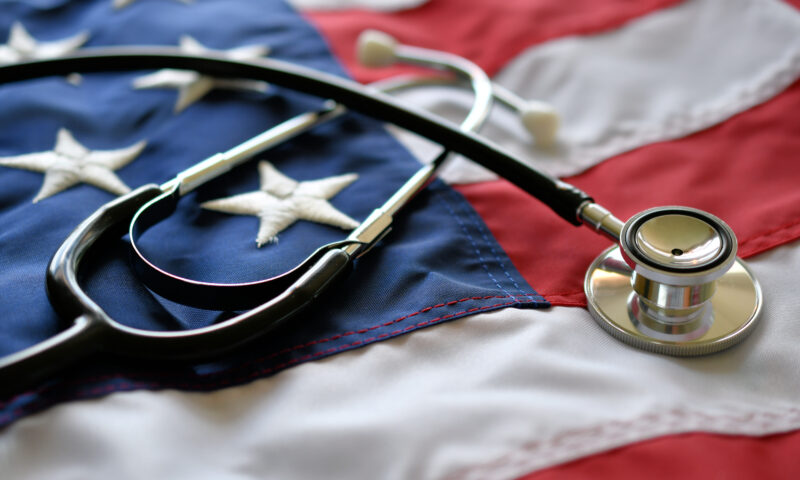
 Pain & ProfitNovember 3, 2025
Pain & ProfitNovember 3, 2025Despite Vow to Protect Health Care for Veterans, VA Losing Doctors and Nurses
-
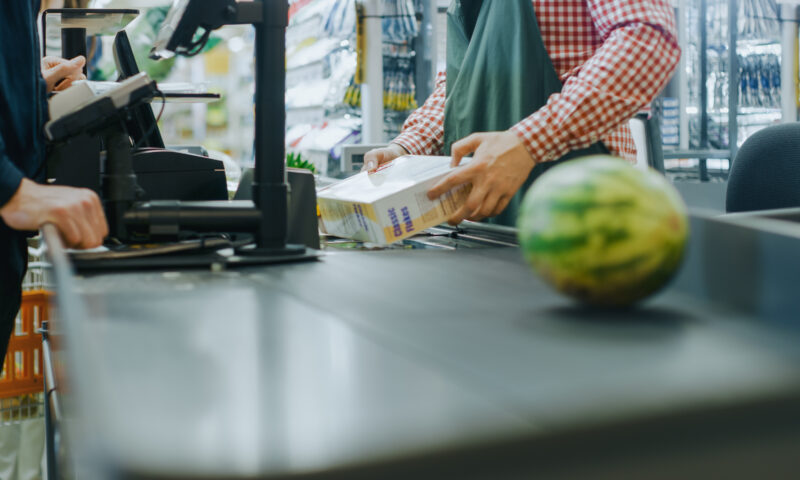
 Column - State of InequalityNovember 6, 2025
Column - State of InequalityNovember 6, 2025Congress Could Get Millions of People Off of SNAP by Raising the Minimum Wage, but It Hasn’t — for 16 Years
-
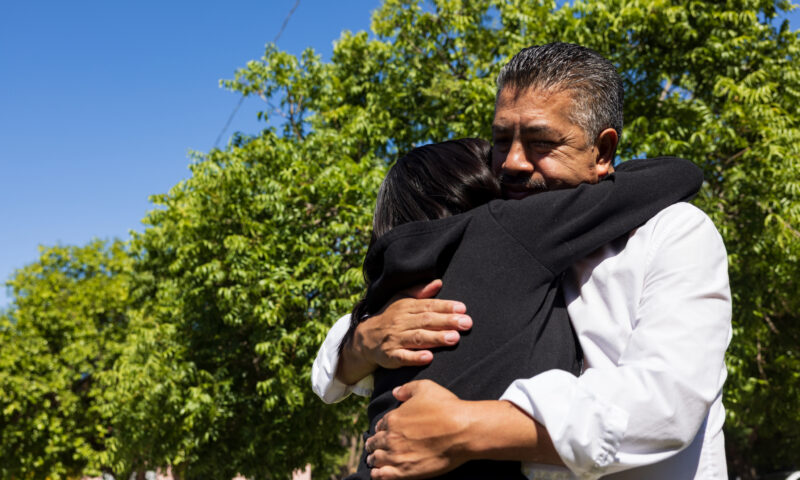
 Latest NewsOctober 29, 2025
Latest NewsOctober 29, 2025‘I’ve Never Seen Anything Like it.’ Aggressive ICE Raids Led One Man to Ask: Should I Self-Deport?
-
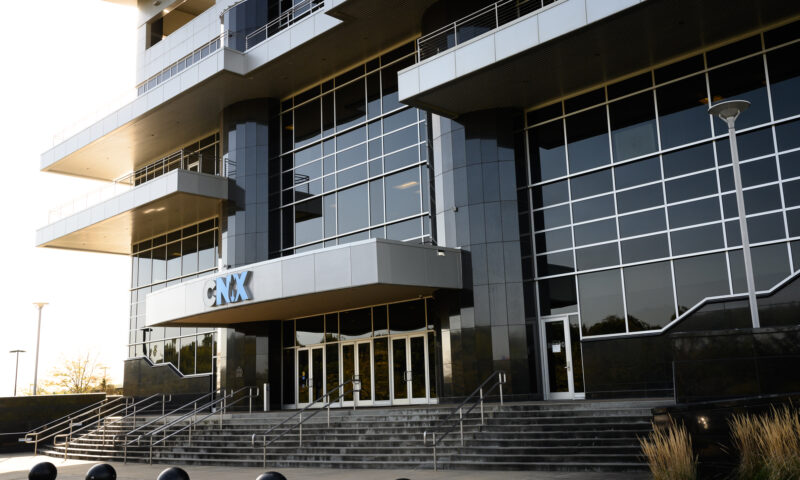
 Latest NewsOctober 31, 2025
Latest NewsOctober 31, 2025Pennsylvania Gas Producer Sues Capital & Main Over Its Reporting on Health Risks
-
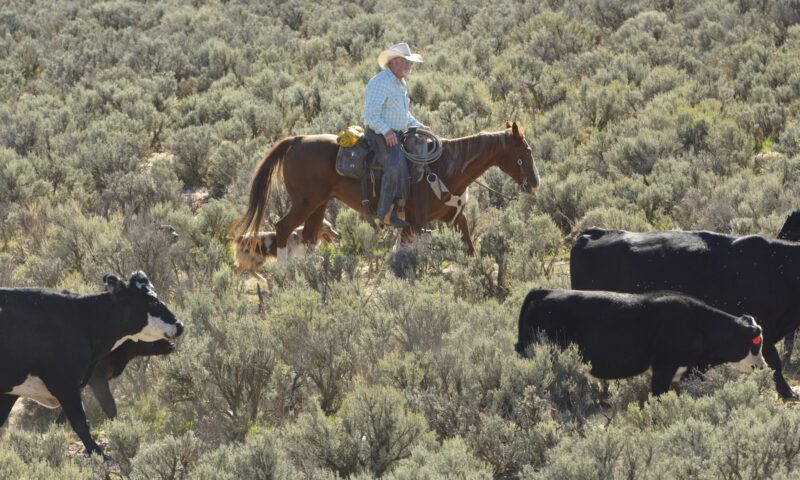
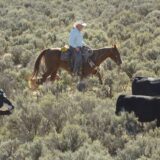 The SlickNovember 5, 2025
The SlickNovember 5, 2025The David vs. Goliath Story of a Ranching Family and an Oil Giant
-
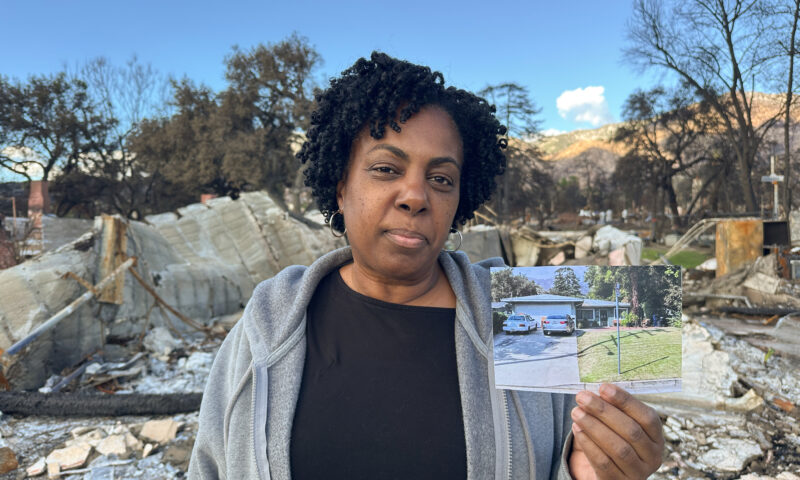
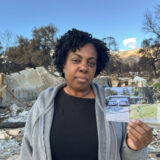 Latest NewsOctober 31, 2025
Latest NewsOctober 31, 2025People With Disabilities Struggle to Secure Accessible Housing After Disasters Like the L.A. Fires
-
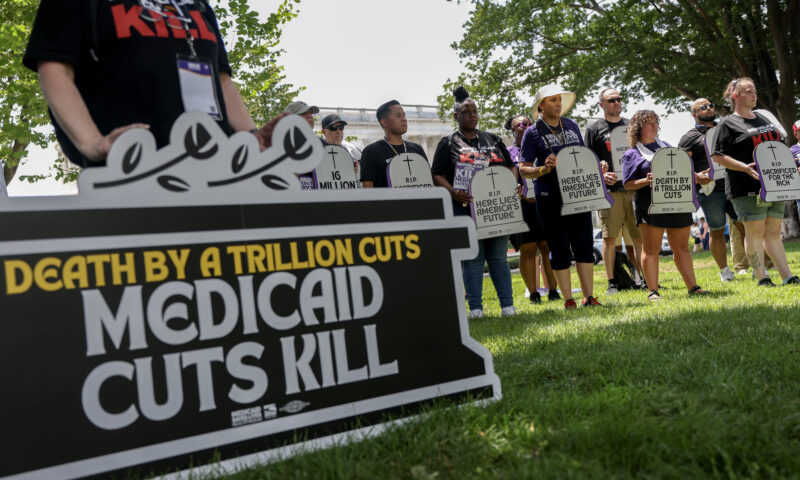
 Column - State of InequalityOctober 30, 2025
Column - State of InequalityOctober 30, 2025Desperate Times: ‘If We Do Not Do This … There Will Be Tragedy After Tragedy.’
-
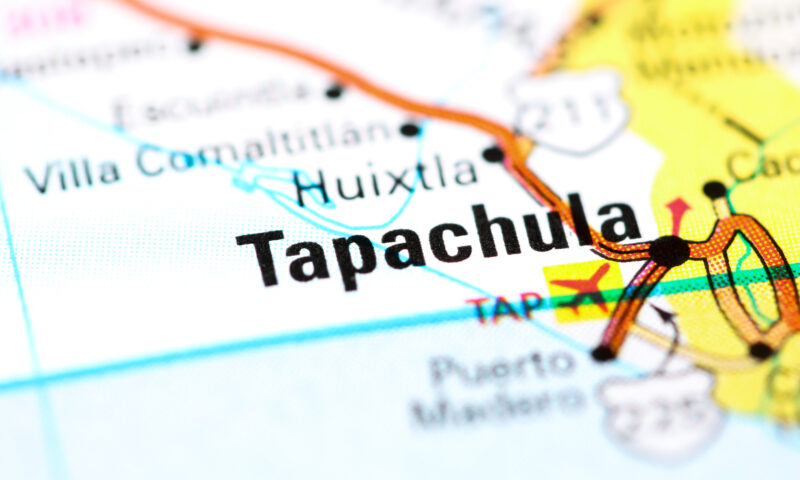
 StrandedNovember 7, 2025
StrandedNovember 7, 2025U.S. Deports Asylum Seekers to Southern Mexico Without Their Phones

